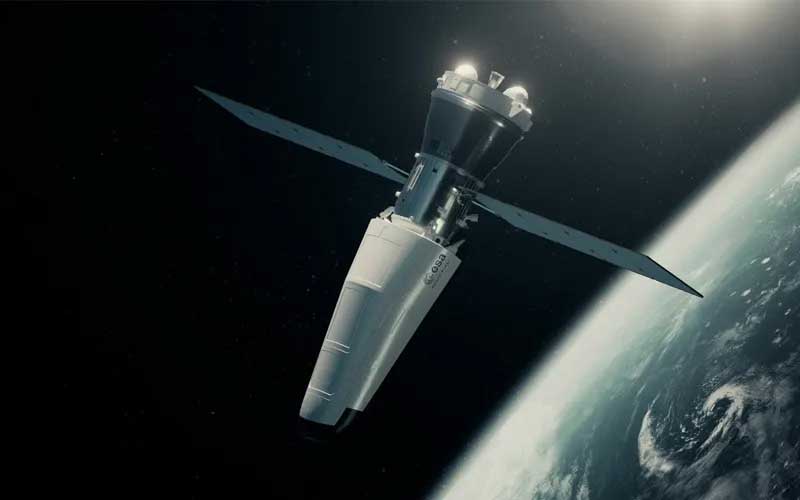
Teams from Telespazio, ALTEC, and Thales Alenia Space have successfully completed the first ground segment tests for the European Space Agency’s reusable Space Rider spacecraft.
Space Rider is an evolution of the IXV mission, which was launched on a suborbital test flight in February 2015. The vehicle is designed to carry payloads of up to 600 kilograms to and from orbit. While the Service Module that provides power and propulsion to the vehicle will be expendable, the 4.6-metre Re-entry Module will be reusable and will be utilized for up to six missions lasting roughly two months each.
Thales Alenia Space is responsible for developing the Re-entry Module and Avio the Service Module. Telespazio and ALTEC were awarded contracts to manage the ground segment and operations for Space Rider in December 2020.
This past week, teams from Telespazio, ALTEC, and Thales Alenia Space successfully completed the first System Validation Tests (SVTs), which aim to validate the interfaces between the ground and flight segment elements. This testing is a key aspect of the Space Rider Phase D activities, which officially began in July.
The initial SVT saw communication established between the Vehicle Control Centre located in the Space Centre in Fucino and the Re-entry Module Avionic Test Bench (ATB), which was located in a Thales Alenia Space facility in Turin.
According to an ALTEC LinkedIn announcement, all of the tests in this initial campaign were completed successfully. While this is only the first of many SVT campaigns to come, the successful completion of this initial testing gets Space Rider one step closer to a maiden flight.
ESA and its partners had been targeting late 2024 for the maiden flight of Space Rider. However, with its launch vehicle, Vega C, only set to return to flight at the very earliest in late 2024, this targeted debut will likely be pushed well into 2025.




